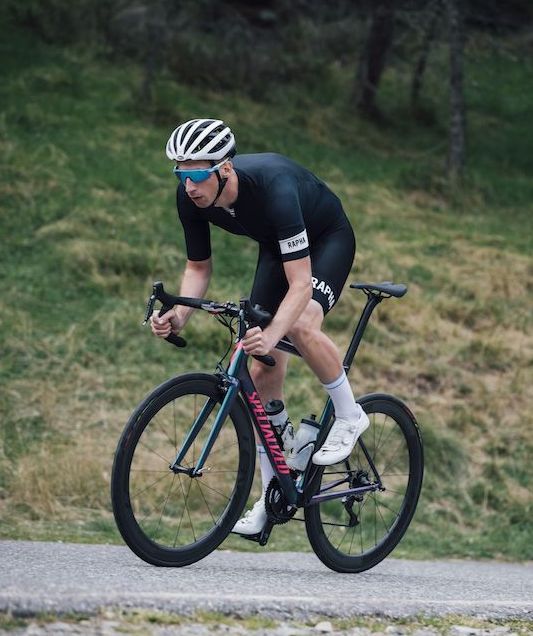Tour de France history: A brief history of the world's biggest bike race
A brief history of the world's biggest bike race


The Tour de France started on July 1, 1903 and has taken place almost every year since, only stopping for the two World Wars.
The first addition was won by French rider, Maurice Garin and it wasn't until 1909 before a rider from another country took the win, François Faber of Luxembourg.
Four riders share the record for most wins at the race, all winning on five occasions. These riders are Jacques Anquetil, Eddy Merckx, Bernard Hinault and Miguel Indurain.
British rider, Chris Froome, has won the race four times over the period of 2013 to 2017 and he still searches for that record equalling fifth overall title.

The race history in the early 2000s is very much tainted by the organised doping circle that enabled American rider Lance Armstrong to dominate the race between 1999 and 2006.
Armstrong won the race seven times but it was later discovered that he had used performance enhancing drugs, including blood-booster EPO. His titles were stripped from him in 2012 after a US Anti-Doping Agency investigation.
The green jersey, won by the sprinters, was first introduced to the race in 1953, where it was won by Swiss rider, Fritz Schär.
The latest race content, interviews, features, reviews and expert buying guides, direct to your inbox!
In more recent years, it has been dominated by the Slovakian rider, Peter Sagan, who hold the record of seven wins over an eight year period.
>>> Tour de France jerseys: Yellow, green, white and polka-dot explained
Sagan has only failed to win the green jersey once, with Australian Michael Matthews claiming the title after Sagan was disqualified in 2017 for causing Mark Cavendish to crash.
Before Sagan took the record for himself it was previously held by German, Erik Zabel who won the jersey six years in a row between the years of 1996 and 2001.
Mark Cavendish remains the only rider from Great Britain to have won this title.
The polka-dot king of the mountains jersey wasn't awarded until 1933, though there had been an unofficial award handed out beforehand for the 'meilleurs grimpeurs' (best climber) since 1905, when René Pottier was given the award.
The first mountains jersey was awarded to the Spaniard, Vincente Trueba and has since been battled for by riders in breakaways or the riders involved in GC.
Frenchman, Richard Virenque has won this classification the most times with seven wins to his name.
In recent years, the French have dominated with a home rider winning the jersey five times in the last 10 years.
Chris Froome and Robert Millar are the only British riders to have taken the jersey.
The white best young rider jersey was not part of the race until 1975 when it was won by the Italian, Francesco Moser.
Before then the white jersey was the combined classification jersey. This was in the race between 1968 to 1974.

Originally this jersey came in as the best neo-pro rider where riders who had only been pro for three or less years could compete for the jersey.
The rules changed in 1983 where it was changed to one-year pros only but in 1989 the rules were changed again. Riders could compete for the jersey if they were younger than 26 on January 1 of the year they raced the Tour.
German and Luxembourgish stars, Jan Ullrich and Andy Schleck hold the record for the most wins in this category after winning three times each.
Adam and Simon Yates are the only British riders to win the jersey. The identical twins took the jersey in 2016 and 2017 with Adam winning first.
The record for most stage wins is held by the Belgian Eddy Merckx with 34 wins to his name. Only one other rider has got to the 30+ mark and that is Mark Cavendish who has won 30 stages.
Follow on Twitter: @richwindy
Richard is digital editor of Cycling Weekly. Joining the team in 2013, Richard became editor of the website in 2014 and coordinates site content and strategy, leading the news team in coverage of the world's biggest races and working with the tech editor to deliver comprehensive buying guides, reviews, and the latest product news.
An occasional racer, Richard spends most of his time preparing for long-distance touring rides these days, or getting out to the Surrey Hills on the weekend on his Specialized Tarmac SL6 (with an obligatory pub stop of course).
